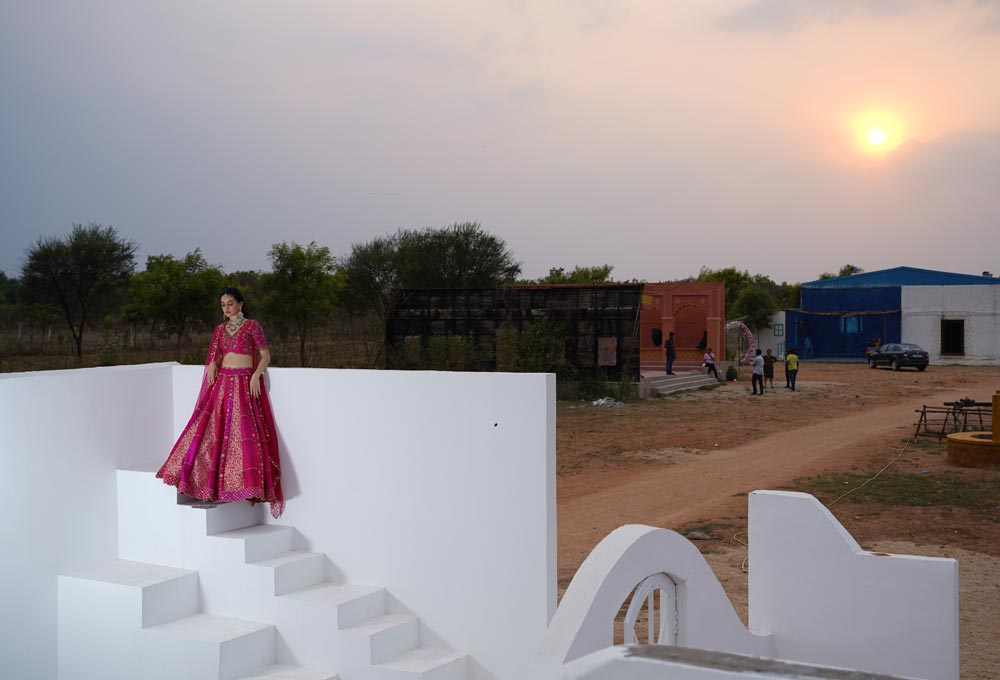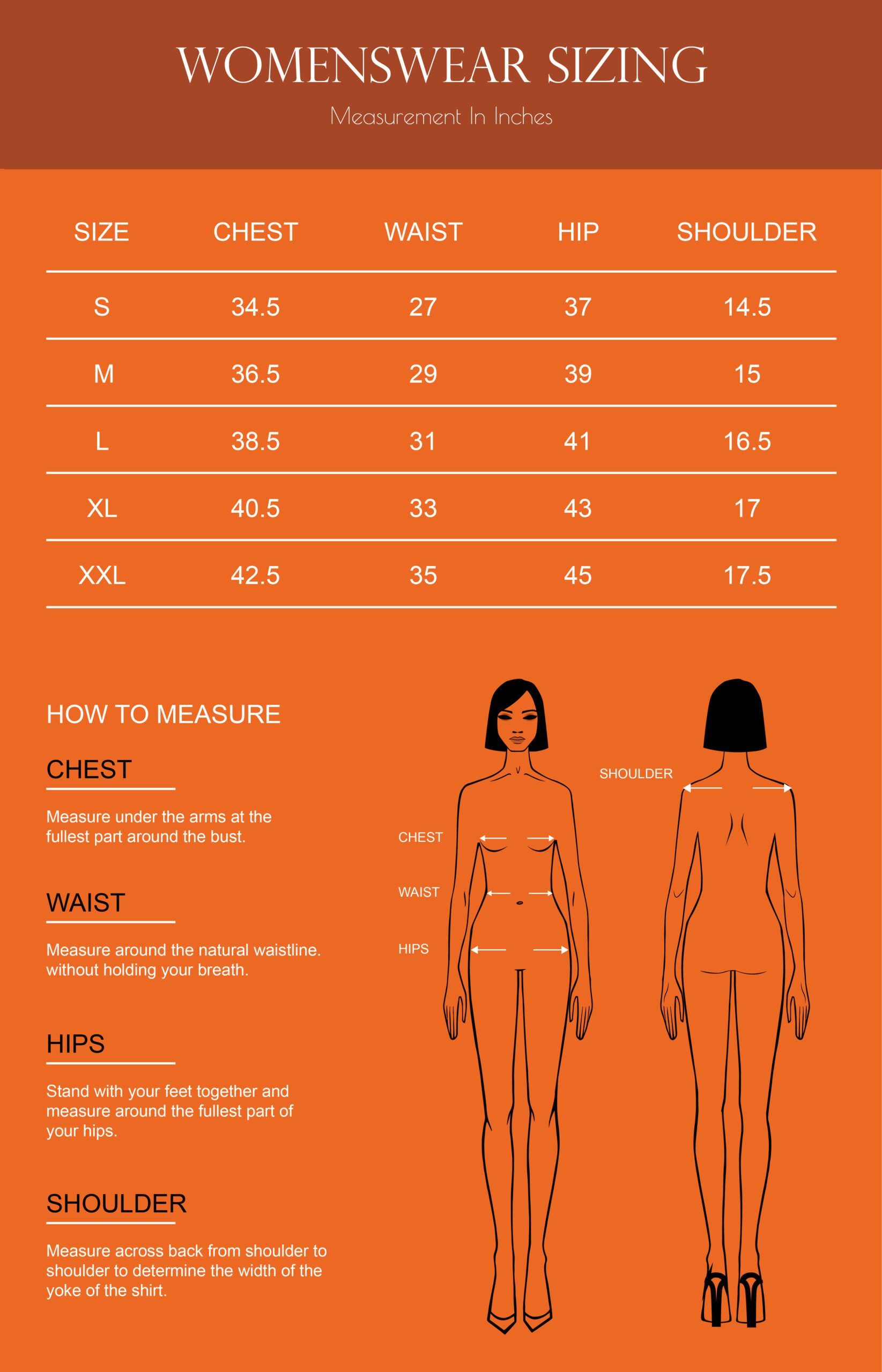
The Different Types of Chikankari Stitches: A Beginner’s Guide to Rekha Chowdary’s Exquisite Collection
When it comes to Chikankari, the beauty lies in the delicate embroidery that adorns fabrics, creating intricate patterns that captivate the eye. The art of Chikankari is a testament to the skill of the artisans who meticulously hand-stitch each piece, and the variety of stitches used is what makes this craft so unique. Rekha Chowdary’s collection of Chikankari garments showcases the versatility and beauty of these stitches, blending traditional techniques with contemporary design. In this blog, we’ll introduce you to the different types of Chikankari stitches, helping you understand their significance and how they come together to create stunning, one-of-a-kind pieces.

What Makes Chikankari So Special?
Chikankari is an ancient hand-embroidery technique that originated in the Mughal era, known for its intricate and delicate designs. The term itself refers to the needlework used to create floral and geometric motifs on fabrics like chiffon, silk, and cotton. Rekha Chowdary’s Chikankari collection celebrates this art form by infusing modern cuts and styles with authentic, hand-stitched embroidery. Each garment is a masterpiece, with various types of Chikankari stitches enhancing its overall beauty.
Different Types of Chikankari Stitches
- Bakhia (Shadow Work) One of the most popular and elegant stitches in Chikankari is the Bakhia stitch, also known as shadow work. This stitch is characterized by its delicate, almost ethereal finish. It involves stitching the outline of a motif in a manner that creates a shadow effect. This stitch is typically done with thin thread and is used to fill larger areas or create intricate patterns. The beauty of Bakhia lies in its subtlety—it gives the design a soft, almost transparent look that allows the fabric’s texture to shine through.
- Phanda (French Knot) The Phanda stitch, also known as the French knot, is one of the most intricate types of embroidery in Chikankari. Small knots are formed by wrapping thread around a needle and securing it in place, creating textured, raised points on the fabric. Phanda is often used to add detail and dimension to floral motifs, and it is especially effective in creating 3D effects. In Rekha Chowdary’s collection, Phanda stitches bring life to the delicate floral patterns, giving the garments an exquisite, tactile quality.
- Murri (Rice Grain Stitch) Murri is another traditional Chikankari stitch that is often referred to as the rice grain stitch. The stitch gets its name due to its shape, which resembles a small rice grain. It is commonly used in Chikankari designs to create geometric patterns and textures, adding a sense of balance and rhythm to the design. Murri is versatile and can be used in both bold and subtle designs, depending on the desired effect.
- Zardozi (Gold and Silver Thread Work) A more opulent stitch, Zardozi involves the use of gold and silver threads to create luxurious patterns on the fabric. This stitch is often found in bridal Chikankari pieces, where its rich, metallic thread adds an element of grandeur and sophistication. The Zardozi technique is more complex, requiring precise, intricate stitching to form elegant motifs, typically used to create borders, floral patterns, and embellishments.
- Tikka (Sequin Work) Tikka is a type of Chikankari stitch that involves the use of tiny sequins or beads stitched into the design to add a subtle shine. These small elements catch the light and bring an element of sparkle to the embroidery, making it perfect for evening wear or festive occasions. Tikka is used sparingly in Rekha Chowdary’s collection to add a hint of glamour without overpowering the intricate Chikankari motifs.
- Keel Kangan (Clover Leaf Stitch) The Keel Kangan stitch, often referred to as the clover leaf stitch, is a classic Chikankari technique used to create a delicate, intricate motif that resembles a four-leaf clover. This stitch is commonly seen in traditional Chikankari garments and is used to embellish floral patterns. Keel Kangan adds a touch of symmetry and elegance, enhancing the overall aesthetic of the garment.
- Jali (Net-like Stitch) The Jali stitch is used to create a net-like or lattice pattern in Chikankari designs. This stitch is particularly striking when used as a background for more detailed motifs or as a standalone design element. The open, airy quality of Jali stitching adds a sense of texture and movement to the garment, giving it a light and sophisticated appearance.
- Chikan Kari (Straight Stitch) The Chikan Kari stitch, also known as the straight stitch, is one of the most basic but important stitches in the Chikankari repertoire. It is used to create straight lines, filling in the background of a design or adding definition to a motif. While simple, the Chikan Kari stitch plays a crucial role in forming the foundation of more complex patterns.
Rekha Chowdary’s Signature Chikankari Collection
Rekha Chowdary’s collection beautifully incorporates all of these Chikankari stitches into her designs, each garment carefully crafted to highlight the unique qualities of this hand-embroidery technique. Whether it’s the ethereal softness of the Bakhia stitch, the texture of Phanda knots, or the luxurious shine of Zardozi, every piece in Rekha’s collection is a celebration of traditional craftsmanship, designed with a modern sensibility.
From lehengas and sarees to tunics and anarkalis, Rekha Chowdary’s Chikankari pieces are a blend of opulence, elegance, and intricate artistry. By embracing these timeless stitches, Rekha has created a collection that speaks to both heritage and contemporary style, allowing every wearer to experience the magic of Chikankari firsthand.
Conclusion: Mastering the Art of Chikankari
Whether you’re new to Chikankari or have been a longtime admirer, understanding the different stitches is the first step in appreciating the artistry that goes into each garment. Rekha Chowdary’s collection is an excellent example of how traditional embroidery can be brought into the modern age, blending the beauty of heritage with the sophistication of contemporary design.
If you’re looking to add a timeless, elegant piece to your wardrobe, Rekha Chowdary’s Chikankari collection offers a selection of garments that not only showcase the art of hand-embroidery but also tell a story of craftsmanship, culture, and beauty.
For more information or to purchase a piece from Rekha Chowdary’s Chikankari collection, contact:
Phone No: +919100166159


